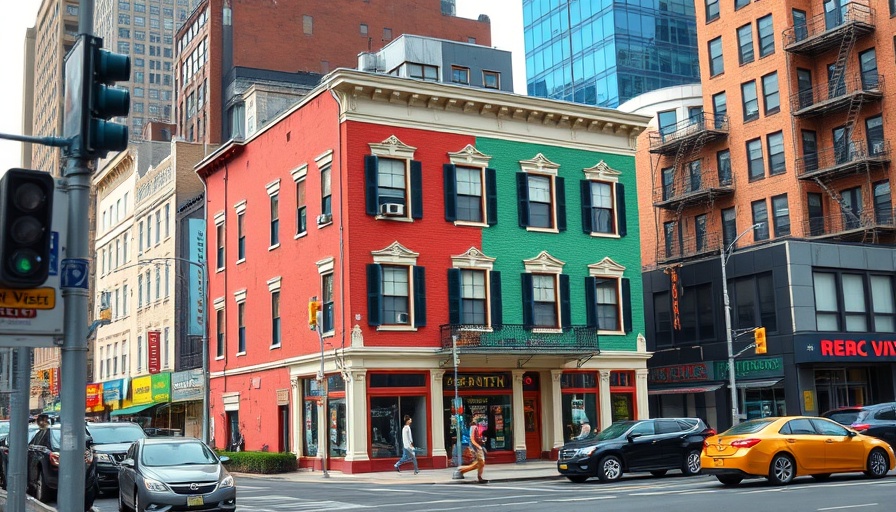
Unveiling Dada: Where Art and Anarchy Collide
The Dada movement, born in the chaotic backdrop of World War I, emerged as a powerful reaction against the societal norms of the time. Artists like Hugo Ball and Tristan Tzara congregated in Zurich's Cabaret Voltaire, advocating for a new form of expression that celebrated absurdity, spontaneity, and anarchy. They challenged the very essence of traditional art, which they felt had become stifled by societal expectations and bourgeois values.
The Relevance of Dada in Contemporary Art
Despite its short-lived existence, Dada's influence permeates today's art world. Artists like Marcel Duchamp, known for his controversial 'Fountain,' which turned a urinal into an art piece simply by context, showed that art could exist outside traditional constraints. This philosophy resonates with modern movements that continue to explore the boundaries of creativity through unconventional means.
Why Dada Still Matters
As we glance at today's artistic landscape, the legacy of Dada cannot be overstated. From contemporary installations to performance art, the Dadaists' emphasis on intuition over reason laid the groundwork for subsequent movements like Surrealism and Conceptualism. Today's artists draw inspiration from Dada's radical departure from norms, applying its principles to critique society, politics, and culture.
The Dada Spirit: A Call to Action
Dada's very essence urges us to question the status quo and to embrace chaos. As we navigate our modern world filled with complex issues, let the Dada spirit inspire artistic rebellion and innovative thought. The movement reminds us that art is not merely a product; it is a process that can ignite conversations and provoke thoughts that challenge conventional narratives.
In conclusion, engaging with Dada is not just about understanding art but exploring how it challenges our perceptions of reality. Its legacy lives on as a testament to the power of creativity in the face of adversity. To discover more about how Dada impacts our current art scene, explore local galleries and contemporary exhibitions that celebrate this revolutionary movement.
 Add Row
Add Row  Add Element
Add Element 



 Add Row
Add Row  Add
Add 
Write A Comment